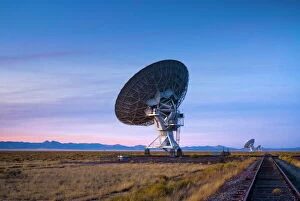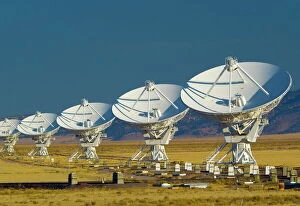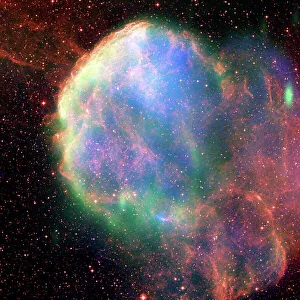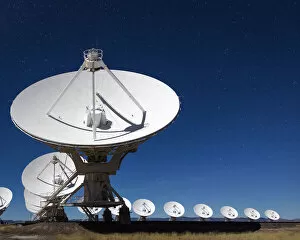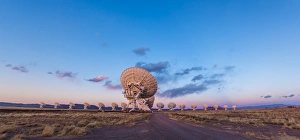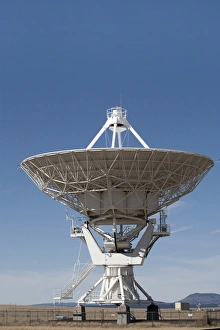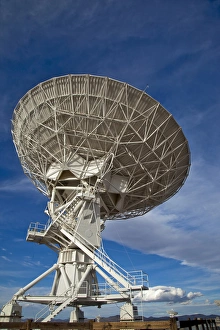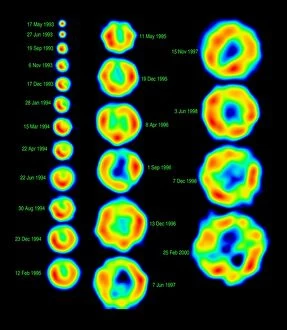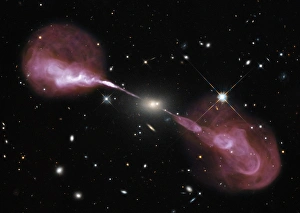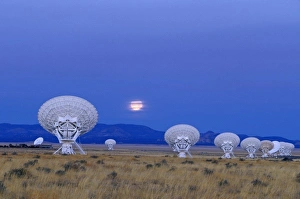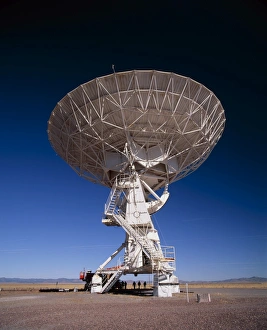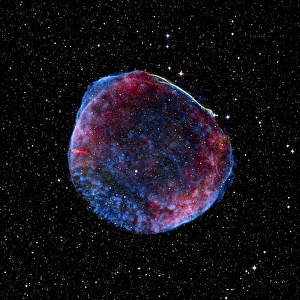Very Large Array Collection
The Very Large Array (VLA) of the National Radio Astronomy Observatory in New Mexico is a sight to behold
All Professionally Made to Order for Quick Shipping
The Very Large Array (VLA) of the National Radio Astronomy Observatory in New Mexico is a sight to behold. With its massive dishes spread across the vast landscape, it stands as a testament to humanity's quest for knowledge about the universe. One particular image that captures the imagination is the composite image of Supernova remnant IC 443. The VLA's powerful radio waves reveal intricate details of this celestial phenomenon, showcasing its beauty and complexity. Located in Socorro county, New Mexico, the VLA is an iconic landmark in North America. Photographers flock to this site to capture stunning shots of Karl G. Jansky's creation - a masterpiece known as the Very Large Array. As you approach this scientific marvel, you can't help but be awestruck by its sheer size and precision. The dishes stand tall against the backdrop of Socorro county, their metallic surfaces gleaming under the sun. At sunset, when golden hues paint the sky, there is something magical about witnessing the Very Large Array in all its glory. It serves as a reminder that even amidst our daily lives on Earth, there are infinite wonders waiting to be explored beyond our atmosphere. The National Radio Astronomy Observatory has truly created something extraordinary with this array. Its ability to observe distant galaxies and unravel cosmic mysteries has revolutionized our understanding of space and time. So next time you find yourself gazing up at night wondering about what lies beyond our planet's boundaries, remember that just a few miles away in New Mexico stands one of humanity's greatest achievements - The Very Large Array radio telescope - ready to unlock secrets hidden within our vast universe.

